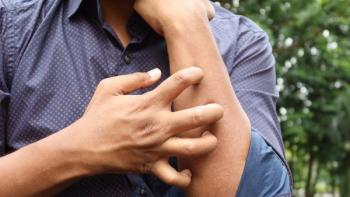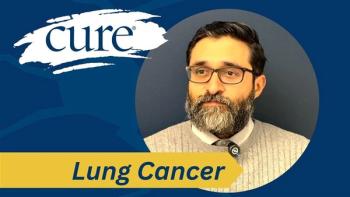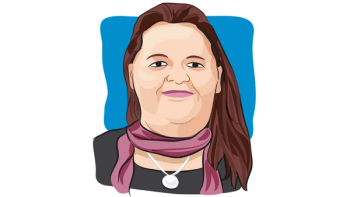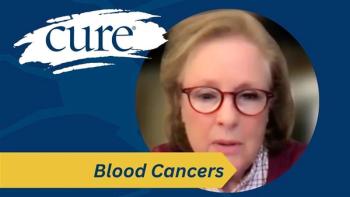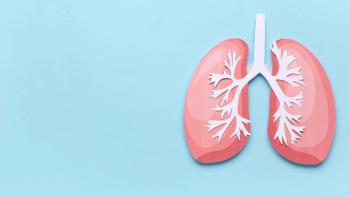
Mitigating the Hurt When Friends Withdraw
How to respond to others that pull away after the cancer diagnosis.
This past week I had the opportunity to visit the
One of the things I took away from our meeting was a quote they shared from Maryland Emergency Management Agency Director Russell Strickland:
I am grateful that I had a strong support system that came to my aid after I received my diagnosis of cancer. However, I was surprised by several close friends and family members that seemed to fall away after I made my diagnosis public. Some of the people I needed the most were suddenly nowhere to be found. I felt saddened, hurt, and struggled not to feel forgotten at times. And even though this was a small minority of just a few people, it threatened to make the fallout of my cancer disaster worse.
While there’s no prescriptive way to respond to those who pull away during difficult seasons, there are alternatives I learned that helped mitigate the hurt from worsening.
While my feelings may have been bruised when people in my life withdrew, I tried to reach out. I found these conversation starters helpful in doing so:
“I wanted to make sure you heard the news from me.”
“Just wanted to check in and see if you had any questions for me.”
“I’ve missed you, I hope we can connect soon.”
“I’ve been thinking about you.”
But I quickly came to the realization that in most instances I just didn’t have the emotional energy it takes to rebuild a friendship. This was especially true when I was actively in treatment. It was hard, but I learned to give myself permission to release the friendship, for a time, and a couple times returned to it when I felt able. I discovered that sometimes mitigating relational strain involves lovingly releasing those who weren’t able to care well for me. Whether I chose to pursue someone I’ve cared about or whether I chose to release that person for a season, doing so reduced this hardship.
I also learned no mitigation effort is foolproof and what worked with one person might not be effective with another; the same holds true with disaster. For example, in one instance, I tried to engage with a lost friend to repair the relationship, yet he remained distant. When that didn’t work I expressed my concerns and aired what I felt were wrongdoings. I eventually came to terms with the fact that this friendship wasn’t healthy for me. I needed to be surrounded by others that helped bring peace to the chaos I was going through. It was challenging, but boundaries needed to be set. But it took
I feel grateful that I had more people
But when I look back over the last six years since my cancer diagnosis, I’ve come to see that after I finished my cancer treatments that I pulled away from many people in the community that were there for me. In a few cases I took mitigation too far, unintentionally walling myself from others without even realizing. I still struggle with this at times, but I’ve tried to be more intentional in building and maintaining relationships.
Talking with the emergency management team at the National Cancer Institute I was also reminded how important it is to address gaps in our resilience. Because I had gotten so sick so quickly and had periods where my mobility was limited, I never really became connected to the cancer community. Then a friend of mine encouraged me to post a
Even though there were some relationships that weakened and even fell apart in the aftermath of cancer, there were steps I could take to lessen the fallout, and even build relational resilience.

